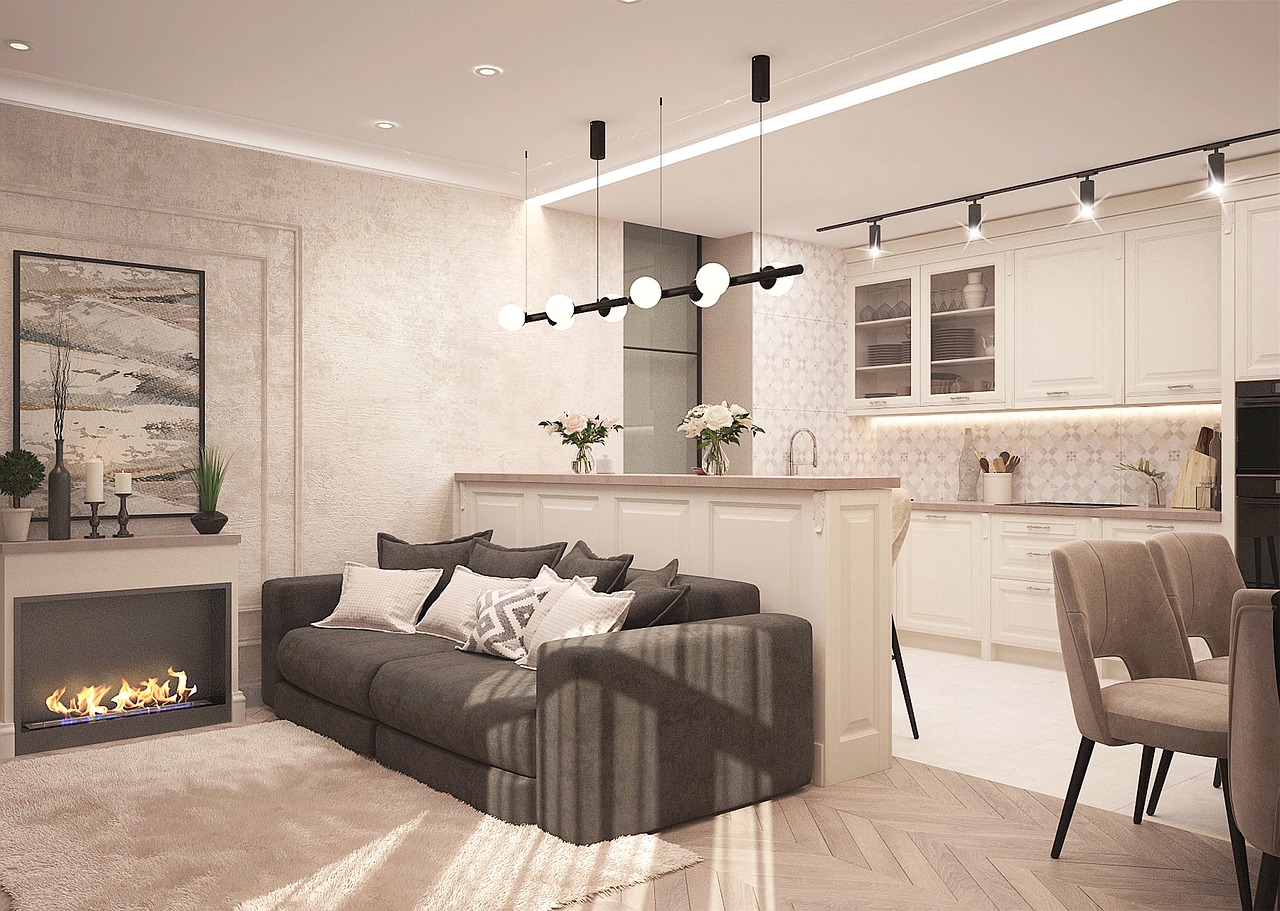If you need a regular stream of income or seek capital growth, an attractive proposition is to invest in buy-to-let (BTL) properties. Due to low-interest rates, you may not be getting an adequate return from your savings, which could be the reason why you’re contemplating property investment. But here’s the biggest question that you need to ask – Is a buy-to-let property a profitable investment? And is it still worth it?
What do you mean by buy-to-let?
Buy-to-let or BTL refers to the process of buying a property that you plan to rent out, not live in yourself. For purchasing a BTL property with a mortgage, you’ll find specific products tailor-made for the purpose offered by mortgage lenders. Typically, these come with higher interest rates as they involve a more significant risk factor for the mortgage provider.
Is it prudent to invest in a buy-to-let property?
To determine whether buy-to-let is a good investment, you’ll need to consider a few factors.
Tenant demand for rental properties in several regions of the UK is too expensive to buy a property, so many people look for rental accommodations. There are some others whose lifestyle suits renting rather than buying homes and putting down roots. Consequently, there’s a considerable demand for rental properties. According to VeriSmart’s analysis, 55% of the nation’s population is predicted to be living in rented properties by 2045.
Interest rates that are at an all-time low
Even when you lack the capital to fund your entire purchase of a buy-to-let property, you can still go ahead and buy it by using buy-to-let mortgages offered by several mortgage lenders. As interest rates have dipped at an all-time low, the market has become favourable for buyers.
ROI via rental yield and capital growth
From your buy-to-let property, there are two ways to get a return on investment (ROI). Firstly, you can get a rental yield from your BTL property. Rental yield refers to the net sum you receive as rent divided by the cost of your investment.
If property prices escalate, you can even make a profit by selling your BTL property. Though there’s always likely to be fluctuations in the property’s value, you can expect it to grow in the long run. However, to enjoy considerable capital growth, you might have to wait for several years.
Key challenges associated with buy-to-let properties
The profitability of BTL investments has been significantly affected due to the recent taxation and legislation changes. But these aren’t the only challenges that you’ll have to face. You would also need to take into account other issues like bad tenants and void periods as well.
No mortgage tax relief
Most buy-to-let property investors will need to pay income tax on their rental income. Up until the 2016-17 tax year, BTL landlords could subtract mortgage interest plus other deductible costs from their rental income before they computed their tax liability. As of April 6, 2020, tax relief for finance costs will be limited to the basic income tax rate, which is presently 20%. BTL landlords will get relief as a decrease in their tax liability rather than a reduction in their taxable rental income. These changes were phased in April 2017. This means your taxable income as buy-to-let landlords could go up, particularly if you’re a taxpayer who pays a higher or additional rate. Thus, it will impact your tax bill.
Mortgage interest that you (as a buy-to-let landlord) can claim tax relief on in the tax year 2018-2019 would be 50% of your rental income. 50% of your mortgage interest payment would qualify for a 20% tax credit.
This will drop further from April 2019, where you can offset 25% of your mortgage interest payments against your rental income, while 75% would qualify for a 20% tax credit.
Capital gains tax (CGT)
If you decide to sell your BTL property and make a profit over your capital gains tax allowance, you’ll be liable to pay capital gains tax on it.
Stamp duty surcharge
Buying a property in England that doesn’t serve as your primary home would mean you’ll have to shell out an additional 3% on top of every stamp duty band.
MEES regulations
You may have to incur additional expenses to ensure that your buy-to-let property complies with the MEES (Minimum Energy Efficient Standard). It has become mandatory for all rental properties to have a valid EPC (Energy Performance Certificate). From April 1, 2020, landlords can’t let properties to new tenants, continue with their existing tenants, or even handle renewals if their property has an EPC rating below E.
Void periods
From time to time, your rental property is likely to be subject to void periods. These are times when the property has no tenants and yields no rental income for you though it’ll continue to generate costs. When evaluating whether a buy-to-let property is the correct investment choice, you must compute if you can afford to cover your mortgage payments during void periods or when your tenant fails to pay his/her rent.
Administrative, maintenance, and other costs
You need to calculate if the rental income you can get would be sufficient to cover your ongoing expenses related to administrative, maintenance, and insurance costs along with mortgage payments.
According to the Tenant Fees Act, since June 1, 2019, landlords are prohibited from charging any fees to their tenants other than those that the Act permits. For buy-to-let landlords, this means they won’t be able to recover their administrative costs like inventory checks, referencing, and cleaning necessary at the end of the tenancy.
Bad tenants
Though most tenants are likely to respect your property and not cause damage or create serious problems for you, you could end up with difficult tenants at times. Thus, you may need to deal with tenants that fail to pay the rent, damage your property, or refuse to leave when you serve them an eviction notice. Ending up with such bad tenants would mean incurring additional costs on account of significant repairs as well as legal and court fees.
Ways to optimise your buy-to-let profits
Selecting the ideal location
The value of buy-to-let properties varies widely. Therefore it’s essential to spend some time researching the best areas to buy BTL properties. London has a strong rental market where strong demand exists for rental properties. Additionally, there are several regions where property prices are comparatively low, making them ideal for buy-to-let investments.
Decide on the tenant types.
Apart from the property’s location, you’ll also need to consider the type of tenant you want to rent to. For example, purchasing a buy-to-let property in areas having a high student population would bring you some of the nation’s highest yields.
Don’t be shy to seek professional advice.
Buy-to-let properties have some risks associated with them, but you can reduce these by doing your homework well and making informed decisions. However, if all these sounds too tough to handle on your own, you can always hire some competent property management services that will take much of the burden off your shoulders and even provide you with guaranteed rent for as many as five years.




